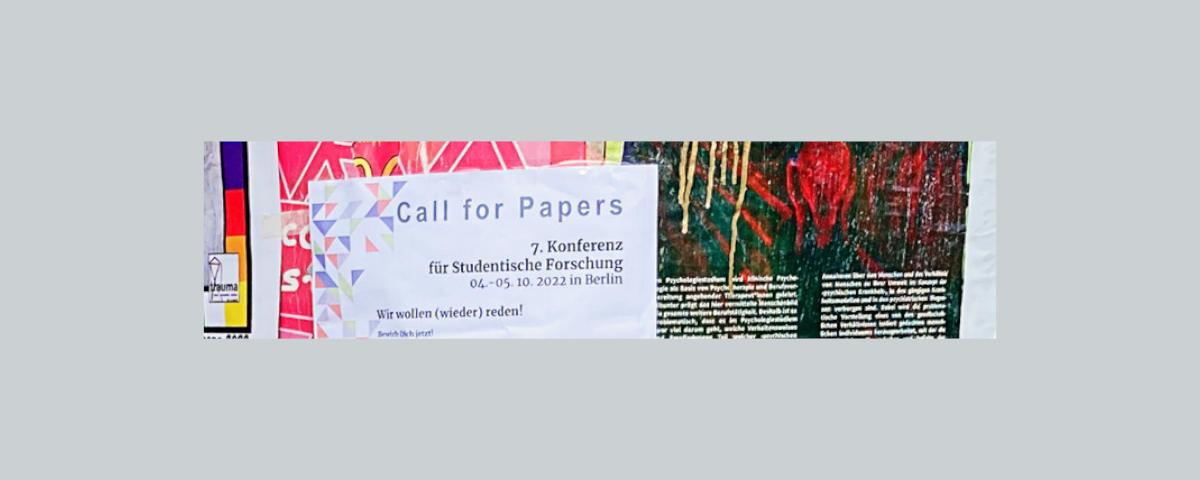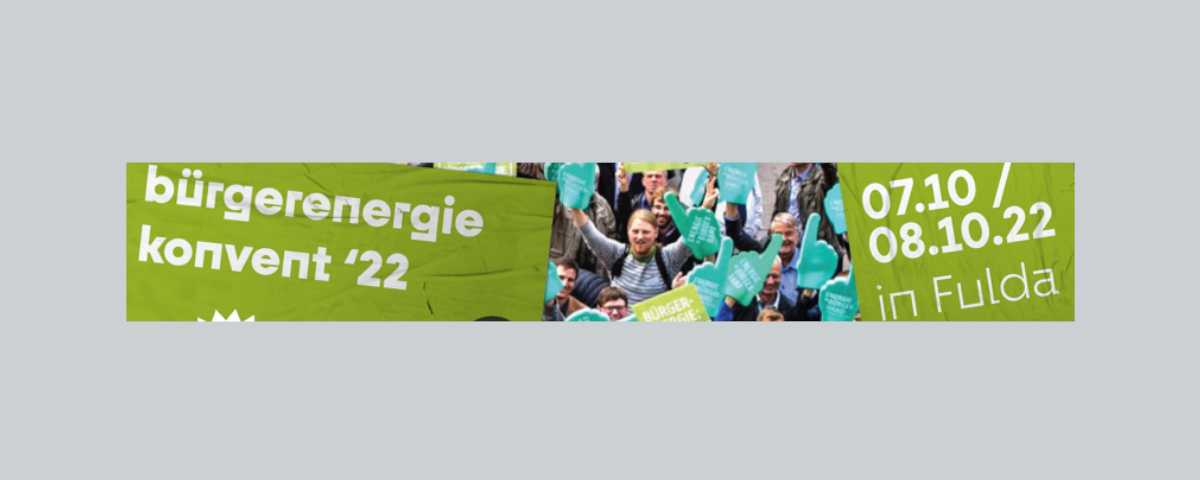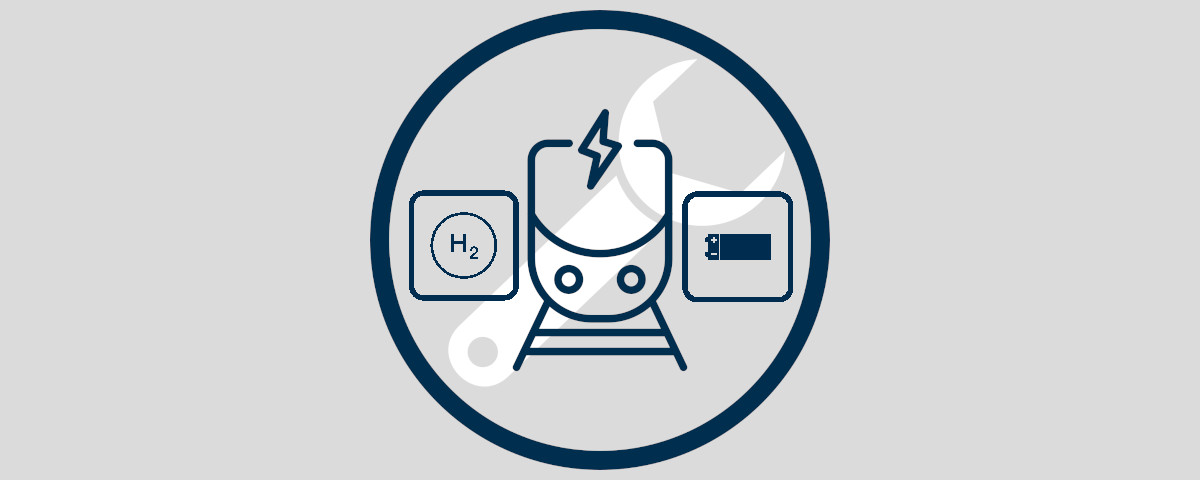
04 – 05.10 | Student Research Conference (StuFo 2022)
4. October 2022
07. – 08.10. | Citizen Energy Convention 2022
7. October 2022Investigation of alternative drive concepts in German local rail passenger transport

In the project "Investigation of alternative drive concepts in German local rail passenger transport (SPNV)", electric alternatives to the operation of diesel trains will be investigated. The alternatives investigated include electrically powered battery trains (BEMU) and hydrogen-powered multiple units (HEMU). The simulation tool "Green Infrastructure Railroad Optimization" (GIRO) can be used to simulate and visualize the fleet deployment of trains with alternative drive systems in different route networks and to optimize the expansion of the required infrastructure.
In addition to the technical data of the traction units with alternative drives, boundary conditions of the operation (such as the timetable and the adjustment of idle times), the route network (distances, height profiles, curve radii, speed limits) and the traction current network are taken into account. On behalf of DB Energie GmbH (DBE), the RLI continuously analyzes route networks of different task managers and then, together with DBE, makes a recommendation for the use and operation of traction units with alternative drive concepts.
Simulative mapping of route and timetable data
In order to investigate the use of traction units, i.e. trains, with alternative drive concepts in different route networks, a timetable of the traction units to be investigated is first drawn up. The schedule contains the exact route sections and timetable times of the traction unit in the course of the day and is the basis for the further analysis.
Carrying out a time-resolved driving simulation for all the traction units under investigation
A speed profile for daily operation is created depending on the vehicle's timetable and the characteristics of the traction unit. The acceleration behavior, the basic mass of the multiple unit or the power at the wheel may differ for the different traction concepts. A subsequent longitudinal dynamics simulation based on the speed profile, which also takes into account the auxiliary consumers, for example, provides the power and energy flow in the traction unit as well as the state of charge of the energy storage devices (battery, hydrogen tank).
Critical operating situations during the course of the day can thus be identified, visualized and evaluated. Long idle times at stations or commuter traffic on non-electrified routes can greatly increase the demands on traction units with alternative drive concepts.
The GIRO simulation tool also provides insight into whether the alternative propulsion concept is suitable for operation with the corresponding vehicle schedule.
Optimization of the expansion of new infrastructure and suitability of operation
The use of alternative drive concepts in German regional passenger rail transport may require the construction of new charging or refueling infrastructure. In the RLI studies, the positioning of new overhead line infrastructure or overhead line island systems is optimized with regard to several objectives (CO2 emissions or costs). In addition, the design of tank infrastructure for hydrogen-powered multiple units (HEMU) can be optimized with regard to the same objectives. On the basis of this study, the operation of alternative drive concepts in the rail network will then be evaluated and recommendations for action made.
Project duration: 2019 - ongoing
In addition to the technical data of the traction units with alternative drives, boundary conditions of the operation (such as the timetable and the adjustment of idle times), the route network (distances, height profiles, curve radii, speed limits) and the traction current network are taken into account. On behalf of DB Energie GmbH (DBE), the RLI continuously analyzes route networks of different task managers and then, together with DBE, makes a recommendation for the use and operation of traction units with alternative drive concepts.
Simulative mapping of route and timetable data
In order to investigate the use of traction units, i.e. trains, with alternative drive concepts in different route networks, a timetable of the traction units to be investigated is first drawn up. The schedule contains the exact route sections and timetable times of the traction unit in the course of the day and is the basis for the further analysis.
Carrying out a time-resolved driving simulation for all the traction units under investigation
A speed profile for daily operation is created depending on the vehicle's timetable and the characteristics of the traction unit. The acceleration behavior, the basic mass of the multiple unit or the power at the wheel may differ for the different traction concepts. A subsequent longitudinal dynamics simulation based on the speed profile, which also takes into account the auxiliary consumers, for example, provides the power and energy flow in the traction unit as well as the state of charge of the energy storage devices (battery, hydrogen tank).
Critical operating situations during the course of the day can thus be identified, visualized and evaluated. Long idle times at stations or commuter traffic on non-electrified routes can greatly increase the demands on traction units with alternative drive concepts.
The GIRO simulation tool also provides insight into whether the alternative propulsion concept is suitable for operation with the corresponding vehicle schedule.
Optimization of the expansion of new infrastructure and suitability of operation
The use of alternative drive concepts in German regional passenger rail transport may require the construction of new charging or refueling infrastructure. In the RLI studies, the positioning of new overhead line infrastructure or overhead line island systems is optimized with regard to several objectives (CO2 emissions or costs). In addition, the design of tank infrastructure for hydrogen-powered multiple units (HEMU) can be optimized with regard to the same objectives. On the basis of this study, the operation of alternative drive concepts in the rail network will then be evaluated and recommendations for action made.
Project duration: 2019 - ongoing
The RLI assumes the following tasks:
- Simulative mapping of route and timetable data
- development of a modular traction unit model for BEMU and HEMU
- Execution of a time-resolved running simulation for all investigated traction unit variations
- Optimization of the development of new infrastructure (overhead contact line or H2 tank infrastructure)
- Assessment of the operational capability of the different traction unit variations in the investigated route network






